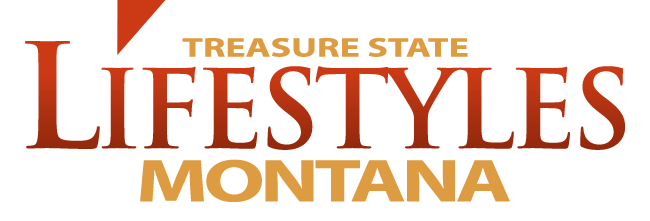Saloons have existed for centuries, but the term was not widely used until the 1840s. Several names used prior to then include Tavern, alehouse, and taproom. Other names were given, such as watering trough, bughouse, shebang, cantina, grogshop, and gin mill. The first place that was actually called a saloon was at Brown’s Hole near the Wyoming-Colorado-Utah border. It was established in 1822 and was called Brown’s Saloon.
Saloons took on many forms in those days, not typical of what one might expect. Some were sod houses. Others were dug into the side of a hill. Others yet included tents, lean-tos, and even the hull of an old sailing ship. As they prospered, the buildings changed and had a few things in common, such as swinging doors, hitching rails outside, and wooden sidewalks leading inside.
The types of saloons were as vast as the clientele – gambling, restaurant, billiard, dance hall, bowling, and the ever present place to just drink. They had one thing in common though, they were generally whites-only establishments. Black men were only allowed in if they were noted gamblers or outlaws. Native Americans and Chinese risked their lives by entering.
Another thing almost all saloons had in common was a long paneled bar, usually made of oak or mahogany. (The more uptown locales had bars made of walnut.) They also had a brass bar along the bottom of the bar for the men to place their feet, spittoons, and towels so they could wipe the “suds” from their beards and mustaches.
A typical bartender was probably one of the best-dressed men in the house. He’d wear a bright-white shirt and a fancy vest. He would have perfectly groomed hair and a perfectly groomed mustache. In the fancier houses, he’d also have a gold watch and perhaps an eye-catching pinky ring. He was often called-upon to mediate disagreements and carried some form of weapon. It was in his best interest to mediate, as it would help alleviate the cowboys from destroying the saloon’s expensive furniture.
The whiskey served during those harder days was made with raw alcohol, burnt sugar, and a little chewing tobacco, and was considered to be some pretty wicked stuff. Cactus Wine was another popular drink, made from Tequila and peyote tea. Mule Skinner was made with whiskey and blackberry liquor. The rotgut of the house was generally 100 proof, but barkeeps were known to cut it with turpentine, ammonia, gun powder, or cayenne.
Saloons were known for their games as well, with Faro being the most popular. Brag, three-card-monte, and dice games like high-low, chuck-a-luck, and grand hazard were also played.
Saloon girls would brighten the evening for the guests by singing, dancing with them, and maybe even flirt. Rarely were they prostitutes; they merely served male companionship. Their duty was to entice the patrons to remain in the establishment to buy more drinks and play the games.
Even though “proper” ladies may have scorned saloon girls, the girls knew they could count on the respect of the men. The proprieties of treating the saloon girls as ladies were strictly observed in most places. Men that mistreated saloon girls quickly became outcasts and insults very likely would get them killed.
Waitresses, barmaids, and bartenders today may take criticism and be looked down upon by snobs, but bars and clubs remain for the same reason as they did then – they are places for folks to go and forget their cares for a while.


